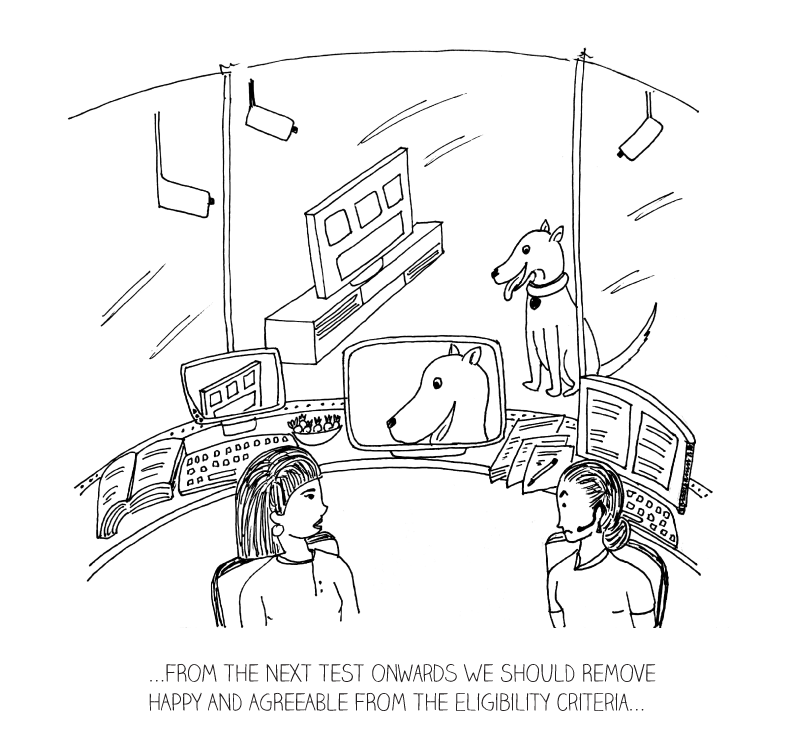
Usability Testing Leads to Stronger Designs and Better Products
Usability testing refers to the practice of evaluating a feature, product or service by testing it with representative users. From a user experience (UX) standpoint, this process helps designers understand whether the “product” — a software application’s user interface, for instance — is user-friendly.
During a test, participants will try to complete typical tasks while observers watch, listen and take notes. The goal is to identify any usability problems, collect qualitative and quantitative data and determine the participant's level of satisfaction with the product. Ultimately, this data is used to improve or refine specific features or the product (or service) as a whole.
Usability testing lets the design team identify problems early, when problems can be fixed with the least negative impact in terms of staff time, costs and schedule delays.
Getting Started
There are multiple ways of testing the usability of a product. Its many forms include evaluating paper prototypes, formal lab testing, remote online tests, and in-home tests. Although there are slight differences between each of them, the steps for conducting a usability test are standard. Here’s a brief overview of the key steps:
1 Plan the test
The foremost thing is to identify what you want to test, for instance flows, interactions, content, colors, even whether people can access desired information. The next step is to develop a test plan with multiple tasks, and choose the metrics on which you want to ascertain the success of a task — say time-to-complete the task. You also might write down a few questions to ask the participants.
2 Recruit participants
The next thing is to determine who you’ll be testing. Will they be actual users? Representative user groups? Internal or external stakeholders? Certainly testing with end-users is optimal, but sometimes recruiting end-users is a challenge so the product is tested with subject matter experts (SMEs) instead. (Incentivising your participants with cash or a gift card can make the recruiting process a little easier.) As you recruit, keep in mind that when it comes to testing designs conducting several tests with small groups is preferable to testing once with a larger group.

3 Conduct the test
You should have at least two people administering the test, including a moderator and a notetaker. It’s the moderator’s job to lead usability sessions by following the test plan. It is up to the moderator to ensure participants are comfortable, that the sessions go smoothly, and that the participants provide the information necessary for the design team to make improvements in the product designs. A good moderator walks the line between being an actor who follows a script and an improv artist able to adapt on the fly.
The notetaker observes each participant interacting with the product and takes copious notes. It is not unusual for the notetaker to ask a few questions in an effort to get key information needed to enhance the design. Recording video of each participant interacting with the product is strongly recommended so that the design team can revisit them in the future for reference.
4 Present the results
You’ve completed the testing phase. Now it’s time to gather and assimilate all the test results and convert them to actionable design insights. If there are multiple observers, it’s important to meet together as a group and discuss the usability tests before developing the final deliverable for a usability report, typically a Powerpoint or keynote presentation, academic report or a sketch/prototype incorporating all the design improvements.
Usability Testing Can Deliver Success
Why is usability testing so important to the success of any product? Simply this: You are not your users. Usability testing lets you watch potential users interact with your product so you can identify works well and what needs improvement. By learning directly from them, rather than theorizing about what they might think, you’ll be able to create a better product.
Remember, it’s not about getting participants to tell you what needs adjusting. It’s about observing them in action, listening to their needs and concerns, and considering what might make the experience work better for them.
Click here to read more of ICS' UX design content.